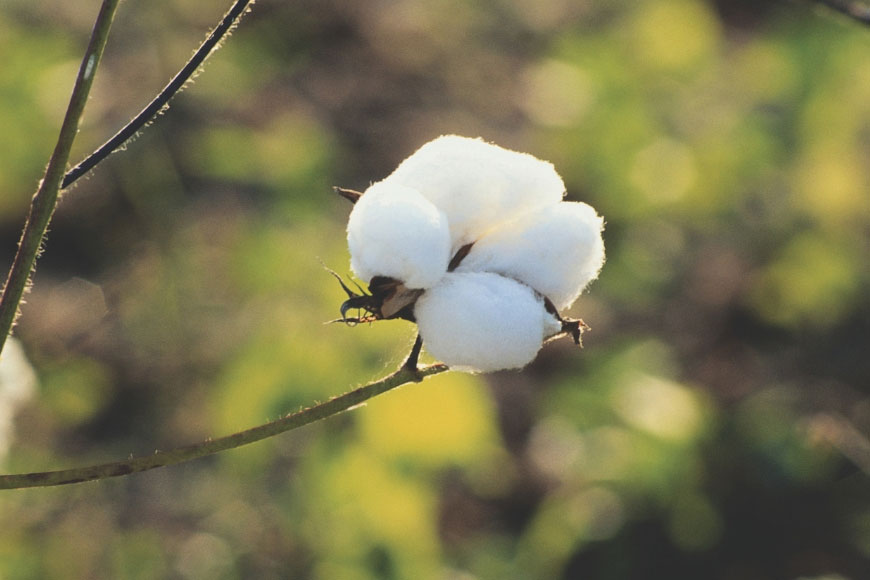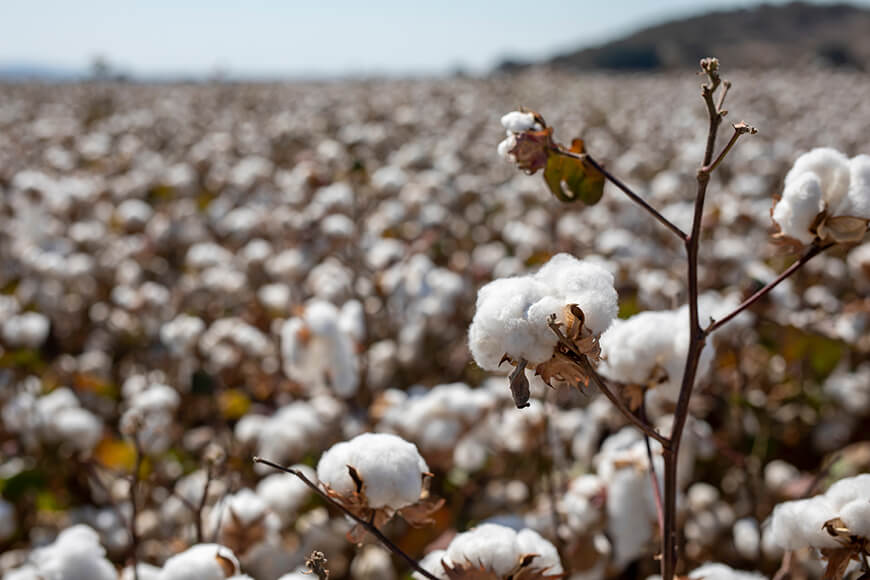
It’s important to remember floods can affect weeds the year they occur, but also in subsequent years. The biggest impact in the flood year will be the reduced competitive ability of the crop. Weeds will often take advantage of the stunted or killed crops and grow to maturity. In the year after a flood, new weed problems will be likely. But, some of the weeds carried into the field by floodwaters may not have germinated in time to have been noticed and will become a factor in the next growing season. You would be wise to consider both mechanical and chemical methods to manage weeds during the first year and thereafter. A bioassay test—in which seeds are planted in flooded and non-flooded soil samples—can be helpful to determine if soils are safe for intended crops.
If the Crop Recovers
If the crop recovers after the flood, make an effort to reduce the impact of weed competition. This may not be practical if fields are too wet to enter for mechanical or chemical weeding.
Check fields regularly to monitor crop and weed development. Take note of weed species. Are there any new species? This may happen if weed seeds were carried into the field by floodwater. Make a field map of these weed locations and use it to plan next year’s weed management program.
Consider whether herbicides can be safely applied. Most labels clearly specify the maximum growth stage of the crop at which the product can be used. Applications following a mid-season flood are very likely beyond this “window” of application timing. Most labels also caution against using herbicides if the crop is under any stress. Thus, the feasibility of herbicide use the same year as a flood occurs is limited.
When Crops Are Damaged
Flooding may injure a crop so severely that it will not be worth harvesting. If this is the case, try to prevent weeds from going to seed through the use of mowing, tillage or chemical application.
As mentioned above, take note of any new weed species that are present. Make a field map of the weeds to plan next year’s weed control program. Mowing will allow some weeds to survive but may hasten drying of the soil more than using herbicides. Mowing is also an option if the soil is too wet to be tilled. Mechanically tilling the soil, if it is dry enough, will destroy weeds. It will also aerate the soil more than either mowing or spraying. Applying non-selective, non-residual herbicides may be a good option if the soil is too wet to work mechanically.
Repeat either mowing, tillage or chemical application if another generation of weeds emerges that will have time to produce seed.
Final Decisions
Should you allow even more time than product labels specify before planting rotation crops? Consider whether floodwaters brought in untreated soil from other fields. Also consider whether runoff removed a significant part of the applied product. When in doubt, use the bioassay test described below or send a soil sample to a commercial lab for chemical analysis.
In some cases it may be appropriate to allow an extra week or two beyond the normal plant-back interval and to deep-till the field to dilute any remaining residues. Once the field has been planted, monitor it carefully for possible weed problems. If weed densities approach the economic threshold, use the appropriate mechanical or chemical measures to control them.
The Year after the Flood
Be alert for new weed problems the year following the flood. Some weeds may have germinated after you made an assessment of weeds during the flood year. Others may have remained dormant until this season. The flood may also have deposited soil that is different in texture, pH and organic matter content. These factors may influence herbicide performance and crop safety. Take soil samples and base herbicide selection and rates on current soil characteristics.
The best burn-down for replanting corn now is Gramoxone plus atrazine. You need the photosystem 2 inhibitor in the Gramoxone or it will just provide a flash burn and re-growth will occur. If a field where corn is lost will be planted back to soybeans, the grass herbicides can be options for killing remaining corn, but Gramoxone plus metribuzin is a much better all-around treatment.
In fields where any crop is going to be kept, add more residual herbicide. Residual activity will diminish quickly with the heavy rains or temporary flooding. Regardless of how clean they may appear, extending your residual window is a good move.
We are into ‘throw the book out weed control’ and with good moisture, wet fields, high temperatures and failing residuals, pigweeds will have a field day. You must find a way to achieve timely application with your postemergence herbicides where at all possible.
The key to weed management now is going to be planting a soybean field in which you are confident you can control weeds in postemergence. For most that means LibertyLink or Roundup Xtend. The primary difference between the two technologies is choice of herbicide. There are high-yielding varieties available in both technologies. Note: If you are choosing to plant Xtend, make sure you can get the dicamba sprayed.











